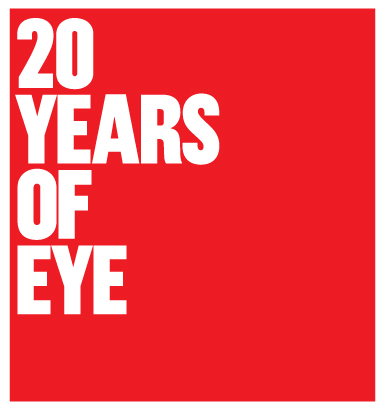Summer 2011
Change through making
Jack Schulze and Timo Arnall see more and more designers making it all up as they go along

Once there was a kind of design work that held vocation at its core. Furniture design or graphic design, the bit before ‘designer’ was what you actually made. But contemporary design seems to involve many crafts, with a literacy in larger new domains rather than in deep single trenches.
There have been some significant shifts in media, retail, advertising and technology, which have changed the way design works. Video design, graphics, software, typography and electronics are materials we use, rather than disciplines we are part of. We might feel at the centre of things, but we are not formally part of design.
After our vocational degrees, with once-clear career paths in graphics (Schulze) and film (Arnall), we chose to explore new technical landscapes on the Web and on mobile phones rather than what happened on a cinema screen or the printed page. Now all design disciplines include software, even print and packaging, because behaviour has become more important than stuff. What things do has become more important than what they are.
So if you take a design approach that points at local / national contexts and traditional materials, and apply it to international media channels with a sensitivity to strategy, business, media and technology, you can affect the world culturally in ways that were previously outside the possibilities of design craft.
This kind of cultural effect used to be very rare. There are instances of simple elements of graphic design reaching global audiences: the Nike logo, say, or particular record covers. But these were made in very rarefied contexts. Access to broader global channels is now straightforward – but we can also affect and invent the channels themselves. We design the means through which the design happens, challenging the concepts, behaviours and means of production of the book as well as designing its content and form.
At the core of that is an increasingly widespread braveness and spirit of invention beyond any single discipline or design brief. Some of this can be traced back to the technology start-up culture in northern California. It isn’t the wealth or the technical glamour of technology that is interesting in that history. There were (and are) small groups of mixed-discipline people punching far above their weight, through invention and a smart understanding of the cultural and financial situations within which they exist.
These were groups of people who were choosing to affect the world by making things in it, not through debate, and there are strong parallels with design. Aaron Koblin (technology lead at Google Creative Lab), Jack Dorsey (creator of Twitter) and Dennis Crowley (chief executive of Foursquare) are examples of high-flying operators emerging from design education in the US.
This domain is rough work, a hard choice, rife with arcane technical priesthoods and subject to the strategic and financial weather in global machines. We are not arguing for an end to traditional design craft, but for designers to have access to a broader palette of materials through literacy in business and software development.
There is little certainty. Most clients and technologies are in long-term flux. But this is also the best context for invention and agency. Change the world by making things.
Timo Arnall and Jack Schulze are designers at BERG in London
First published in Eye no. 80 vol. 20.

